When you've decided to brighten your home with the sturdy and evergreen snake plant, you've made a great choice!
They're known for being tough air-purifying and add a touch of the tropics to any space. But just like some people don't get along, not all plants do either.
Some plants might compete too aggressively for resources or have different care requirements, making them bad roommates for your snake plant, such as:
- Gardenias
- African violets
- Azaleas
- Ferns
- Begonias
As you plan your indoor garden, it's essential to consider these relationships to ensure all your plants can thrive together. Let's explore a few plants that could bring more trouble than tranquility to your home.
Plant Compatibility Basics
Pairing plants is like setting up a good friendship—they must get along regarding their care requirements. Here's a quick guide to keep in mind:
Lighting
Your snake plant loves indirect light but can tolerate some shade. Partner it with plants that enjoy similar light settings.
Watering
This is a biggie. Your snake plant is drought-tolerant and doesn't need a lot of water. Pair it with plants that won't mind a drier environment.
Soil
Well-draining soil is the holy grail for snake plants. Stick with buddies that also prefer not to have wet feet.
Space
Your architectural snake plant can grow quite tall. Make sure its neighbors aren't going to be overshadowed.
Stick to these basics for a happy plant relationship:
| Consideration | Snake Plant Preference | Compatible Plant Traits |
|---|---|---|
| Light | Indirect, some shade | Similar light needs |
| Water | Low frequency | Drought tolerance |
| Soil | Well-draining | Well-draining lovers |
| Space | Tall, upright growth | Non-competing growth |
Remember, it's all about balance. Your snake plant doesn't want to compete for resources, so a plant that requires a ton of water or has invasive roots may not be the best roommate.
Keep these points in your pocket when scouting for its greenspace companions!
Unlock the secrets to thriving snake plants with our essential guide: "Dos And Don'ts: The Ultimate Cheat Sheet For First-Time Snake Plant Parents" – your first step to becoming a savvy plant parent!
Specific Plants to Avoid
Some can cramp your snake plant's style. Let's look at who shouldn't be your snake plant's neighbor.
1. Gardenias
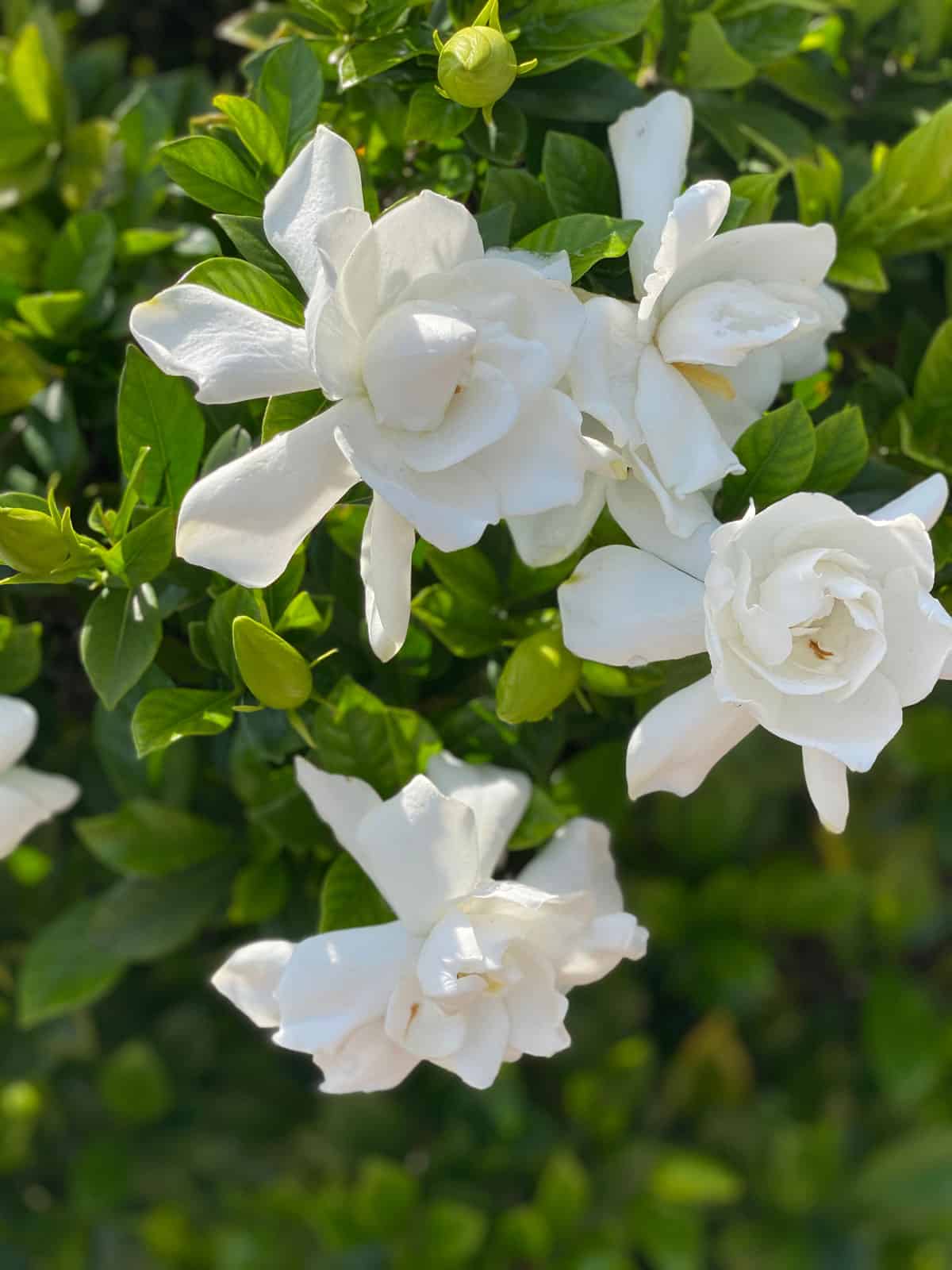
These finicky bloomers require much attention and a more acidic soil pH than your easygoing snake plant prefers. While gardenias need weekly watering, the low-maintenance snake plant does better with less.
2. African Violets
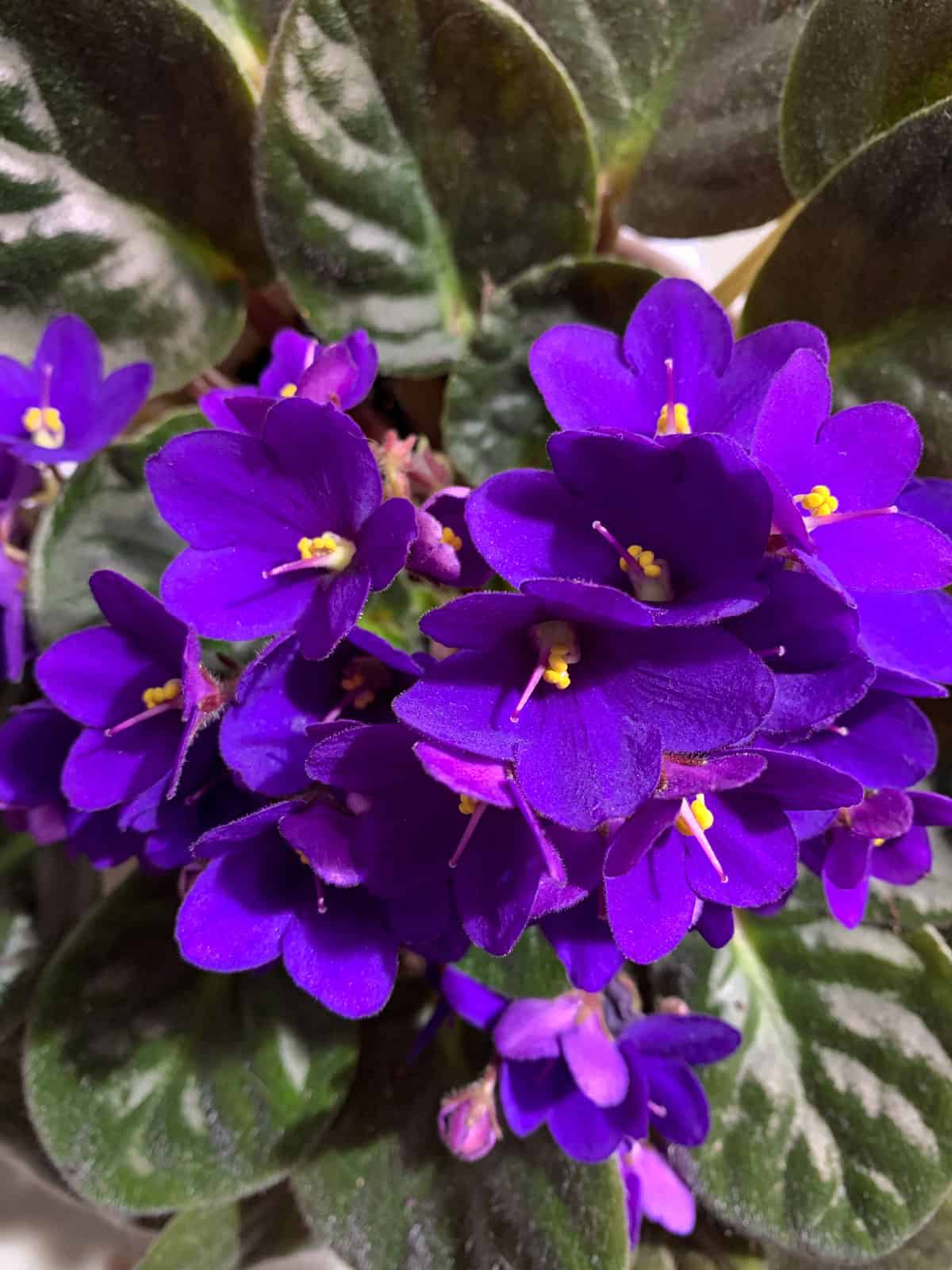
African violets need higher humidity and stable temperatures between 65°F and 80°F, which may not suit snake plants. Grouping them can risk over-moistening and root rot for snake plants.
3. Azaleas
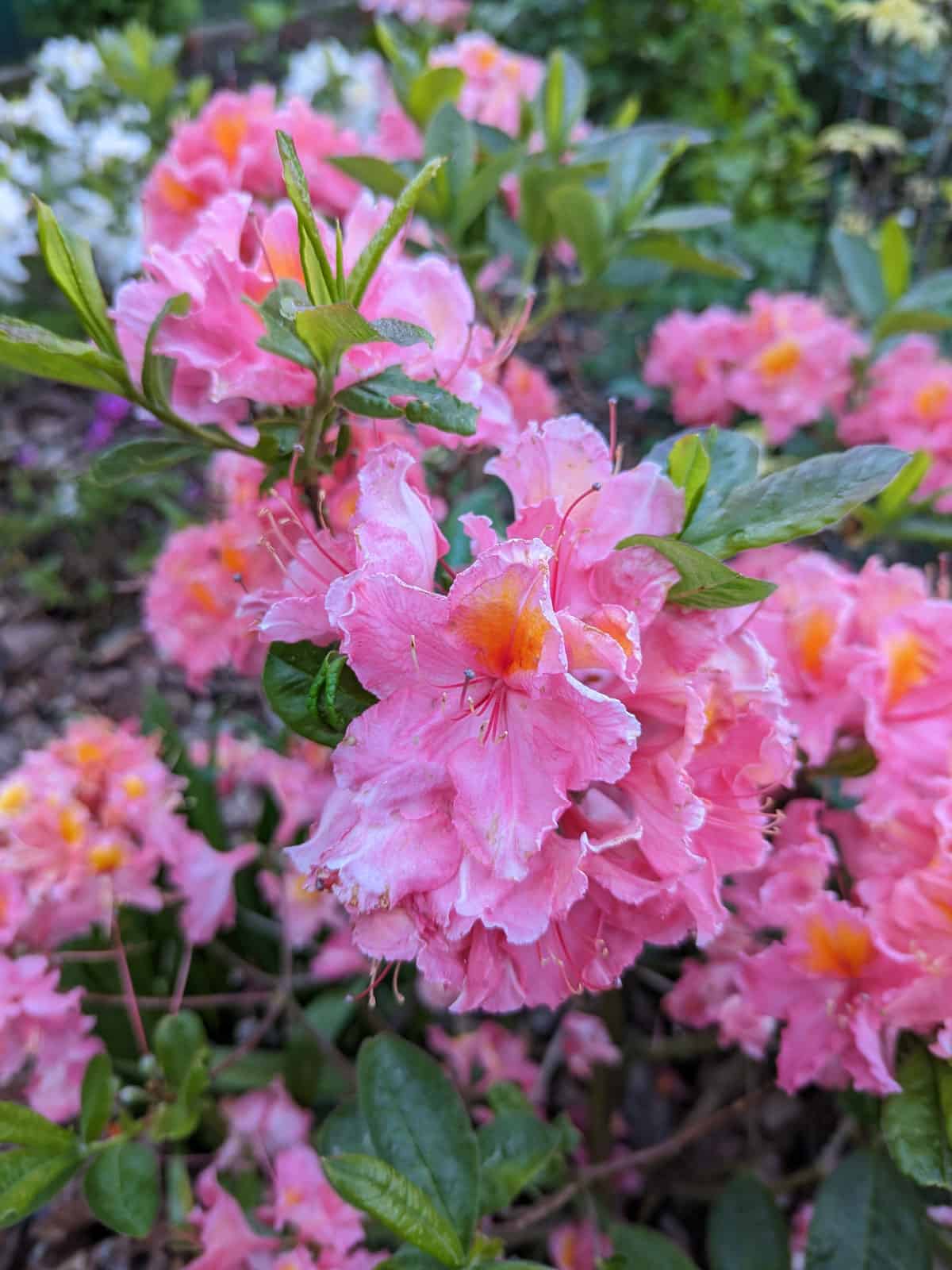
Like gardenias, azaleas need acidic soil to flourish, which doesn't mesh well with the neutral to slightly acidic pH snake plants prefer. They're also more shade-loving, contrasting with your snake plant's love for bright, indirect light.
4. Ferns
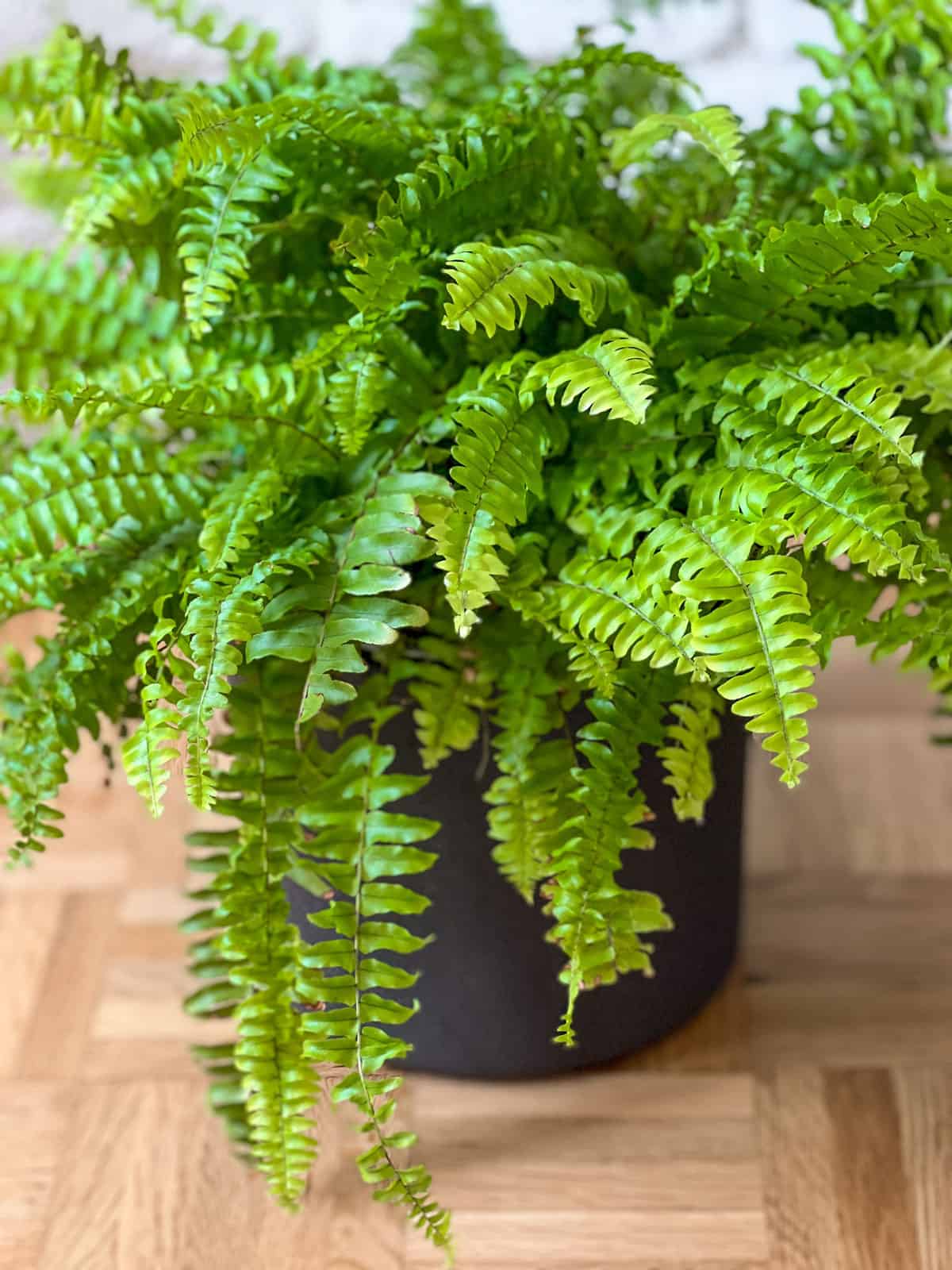
You might think ferns would make good companions due to their love for shady areas, but they need more humidity and constant moisture, which could harm your drought-tolerant snake plant if you're watering to the fern's needs.
5. Begonias
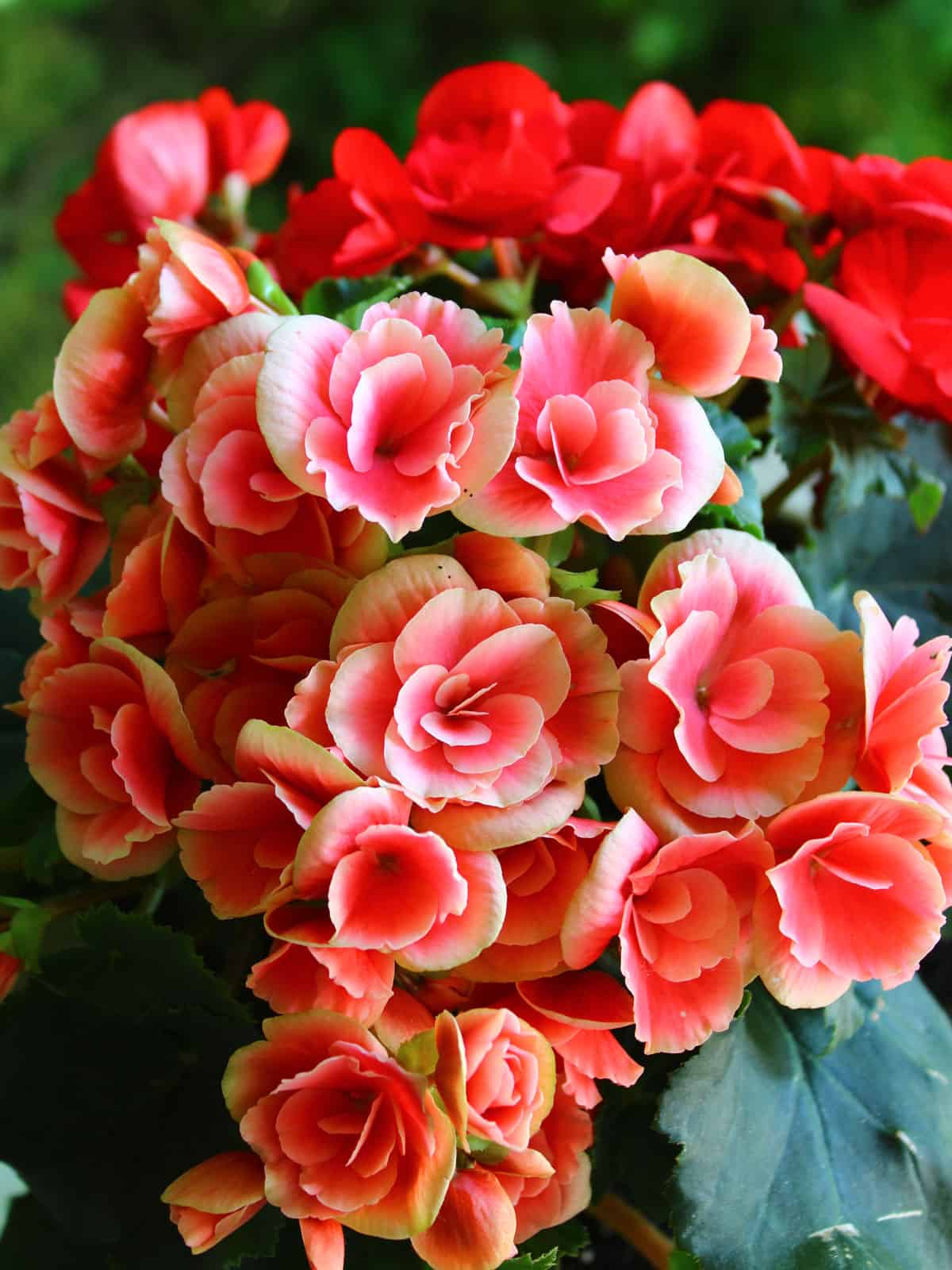
Begonias come in many varieties, but generally, they need a lot of humidity and frequent watering, unlike your snake plant, which is much happier being left to dry out between waterings. Plus, their soil requirements differ quite a bit.
Alternative Plant Companions
You're in luck when deciding what to pair with your snake plants because they're adaptable.
If you need to steer clear of specific plants, no worries! Here's a curated list of friendly companions that will vibe well with your snake plant's laid-back nature.
- Succulents: Like your snake plant, these guys are drought-tolerant champions. They'll hook up with the low-water regimen like snake plants.
- Spider Plant: This plucky little number is strict to kill and brightens up any space with its lively greens and whites.
- Peace Lily: It can handle similar light requirements and adds a pop of white with its elegant flowers.
Remember, the best companions are those that not only look good together but also share similar care requirements, making your life a tad easier!
In Closing
When curating your indoor garden or living space, it's essential to consider which plants will thrive alongside your snake plants.
Remember, your goal is to create a harmonious environment where all plants can grow well together.
- Space Smartly: Give your plants enough room. Snake plants like their space and overcrowded conditions can lead to stress and growth issues.
- Lighting Matters: Aim for balance in light conditions; too much variation can affect the delicate ecosystem you're trying to establish.
- Watering Wisdom: Be consistent with your watering schedule. Different plants have different needs, and mismatched pairs can lead to over or under-watering.
Consider these final tips:
- Compatibility: Always research plant compatibility.
- Observation: Keep an eye on your plants for any signs of distress.
- Adjustment: Don't hesitate to change your plant setup if something isn't working.
You're now equipped with the knowledge to make informed decisions about plant companions for your snake plant!
Discover the hidden wonders of your snake plant with "12 Surprising Facts You Didn't Know About Your Snake Plant".
